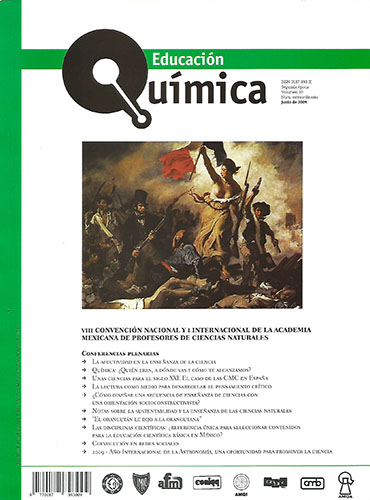Notes on sustainability and teaching in the Natural Sciences
Main Article Content
Abstract
This article reflects on the concepts of sustainability, environment, and sustainable livelihoods, mentioning its integrative points, on environmental, social, and personal levels. It defines these concepts, criticizing, for example, some definitions that overlap, such as that of environment, sustainable development and environmental education, education for Sustainable Development or education for sustainability. Additionally, stresses the complexity of education for sustainability in that it should reflect the complexity of the environment. It follows that educators on sustainability who work in the country’s protected areas are understanding that his/her role does not only require knowledge of ecology and pedagogy in designing and implementing processes of “teaching-learning”, but also implies that he/she must attend to, and be prepared for, the organizational and social dimensions, diagnosis and planning, and productive- and communicativetechniques, amongst others. The article also demonstrates that education is not only the transfer of prominent scientific know-how, nor a parade of exhortations through various media. Education requires the creation of emotional ties to nature and the development of environmental ethics, which is a long, systematic process. Education on sustainability promotes a systematic vision that permits us to see ecological deterioration not only as a remote phenomenon circumscribed to the poor management of ecosystems, but as part of a complex plot in which cultural, economic, and political dimensions and ethics play important roles as causal factors. Educational practices carried out within a Protected Area cannot be removed of their political dimension. They must integrate such aforementioned reflections on deterioration and implement alternatives that propose links between the quality of ecosystems and the quality of life of those who inhabit them or those who are benefited by their influence.
Article Details
Citas en Dimensions Service

Educación Química por Universidad Nacional Autónoma de México se distribuye bajo una Licencia Creative Commons Atribución-NoComercial-SinDerivar 4.0 Internacional.
Basada en una obra en http://www.revistas.unam.mx/index.php/req.




